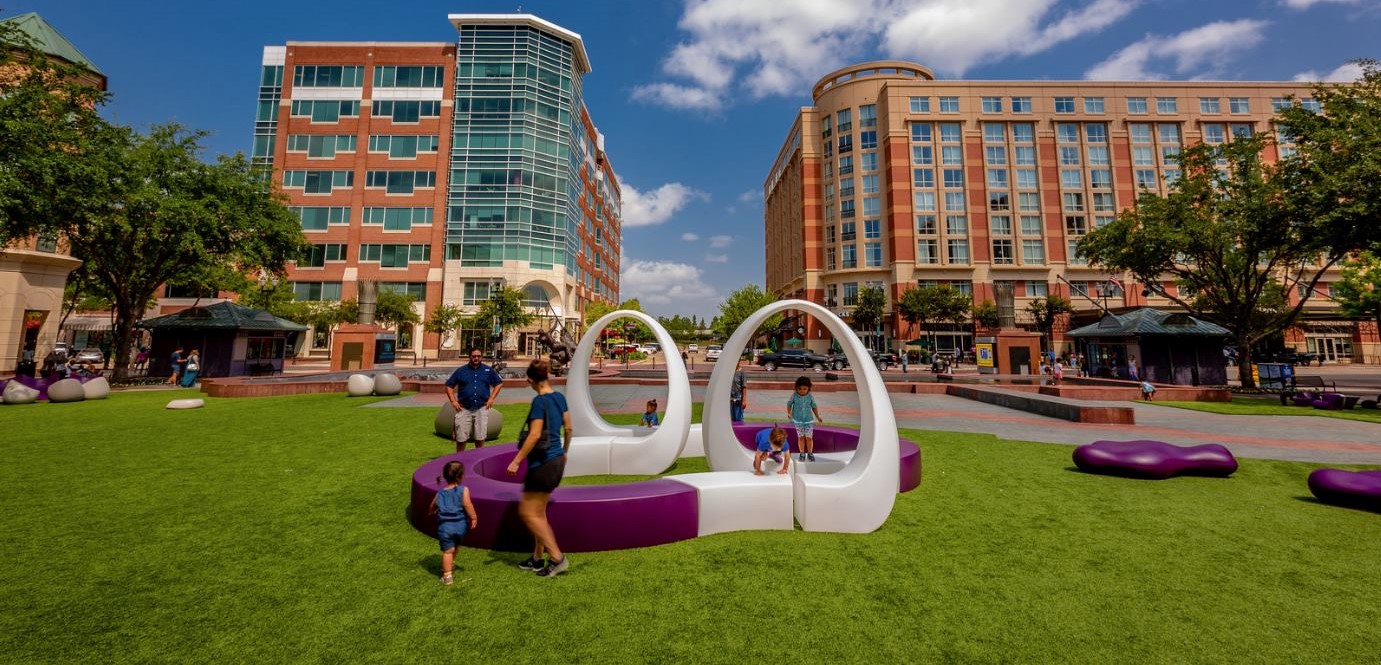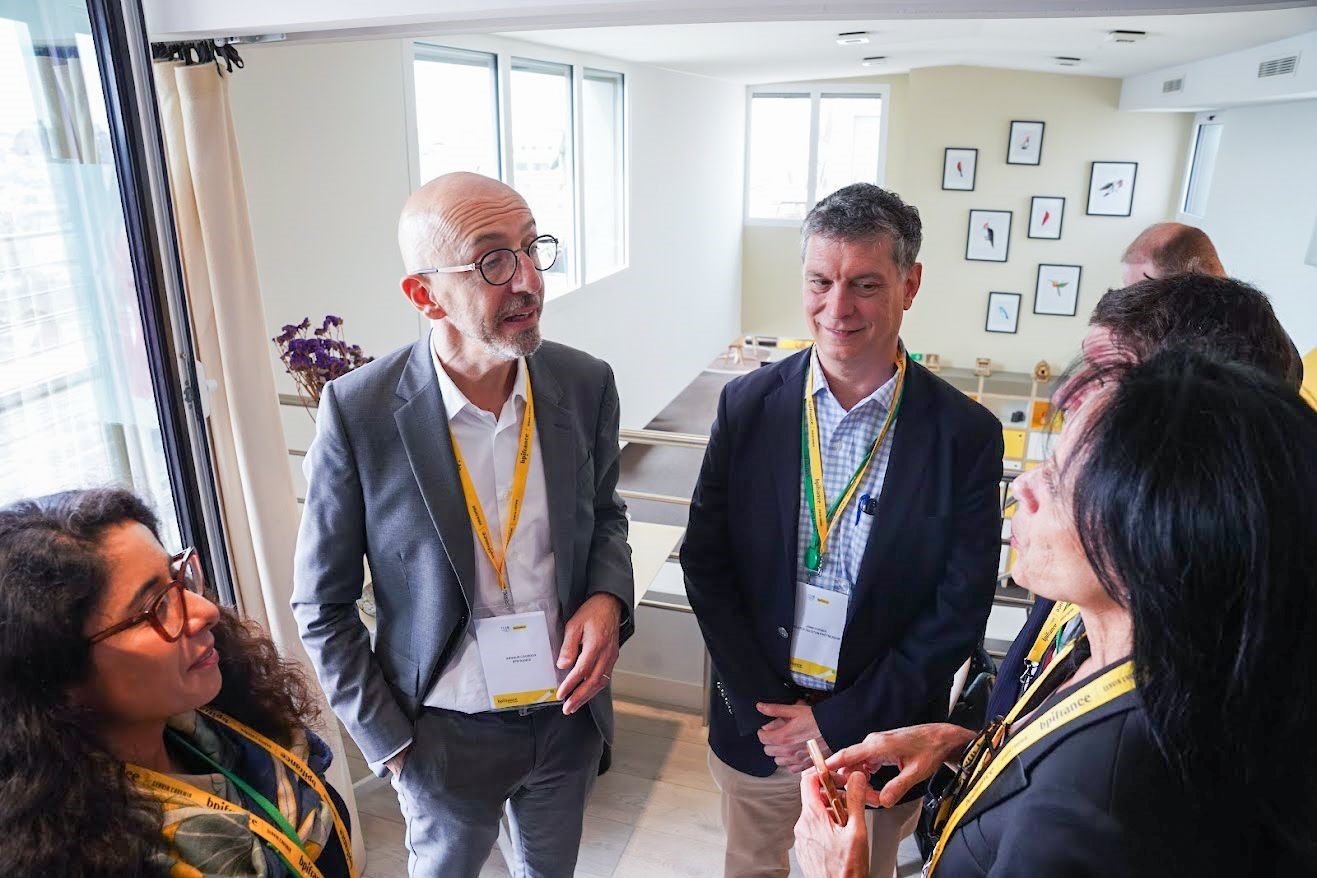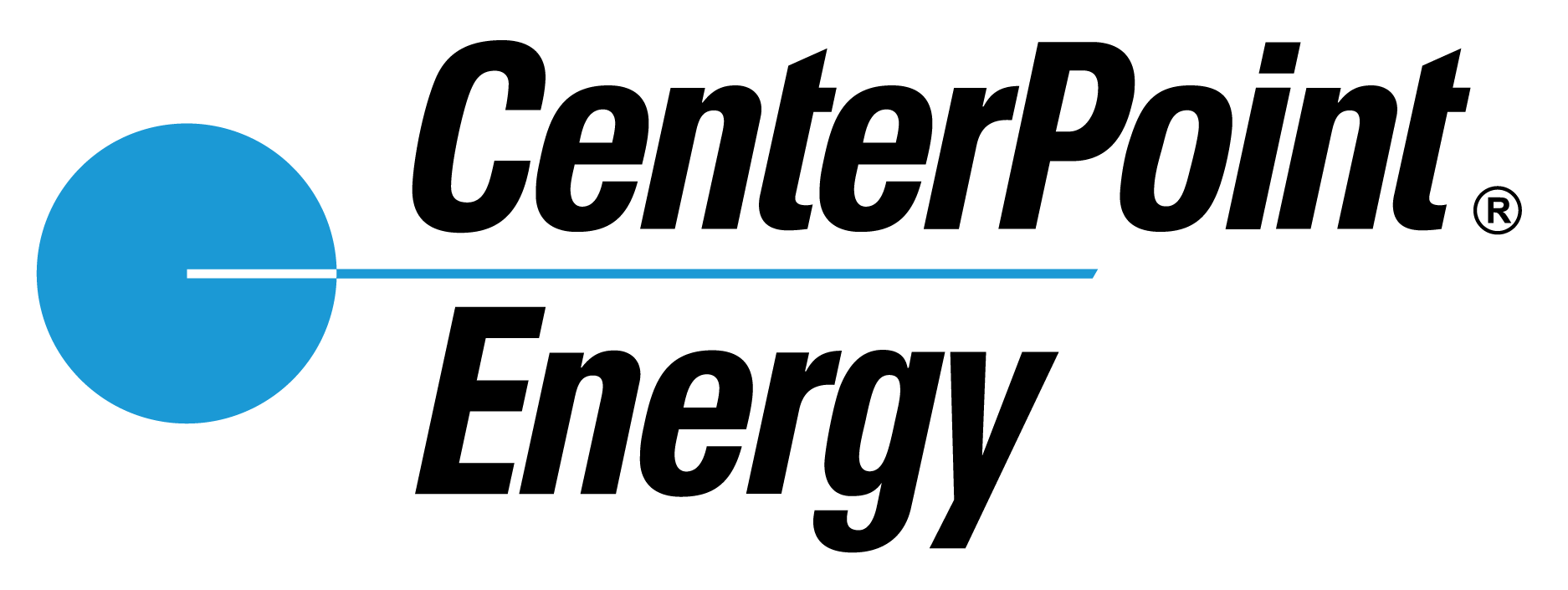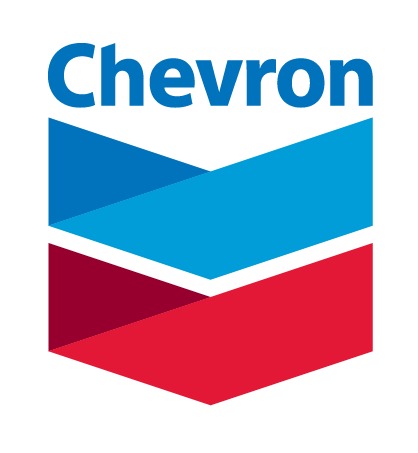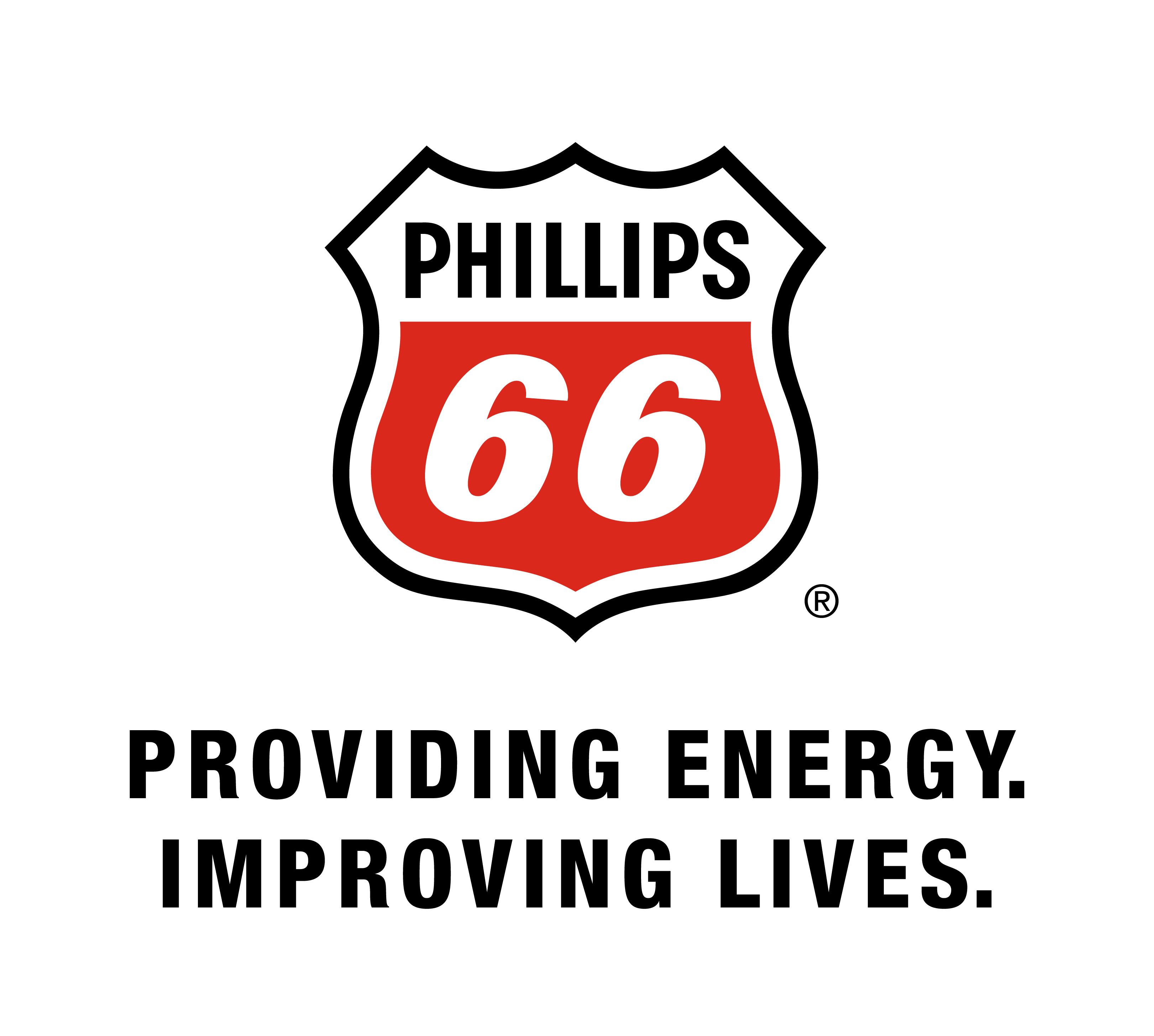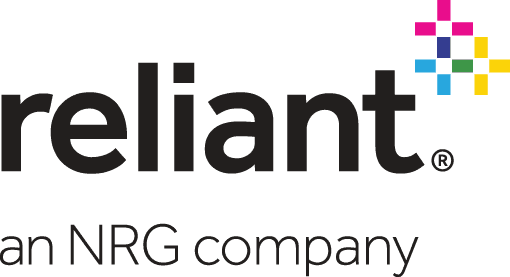Regions and Neighborhoods: Diversifying Industry and Bolstering Quality of Life in Sugar Land
Published Apr 29, 2021 by David Ruiz
With a storied history as a sugarcane production center through most of the 20th century, Sugar Land today stands as one of the country’s best small cities, and one of its fastest growing. The community’s burgeoning industries and distinguished quality of life have prompted a consistent flow of businesses and new residents eager to benefit from a small-city atmosphere with metropolitan amenities. We chatted with Jonathan Soriano, Economic Development Coordinator at the City of Sugar Land, about the city’s economic success and the growth that lies ahead.
How does Sugar Land contribute to the fabric of the Houston region?
Sugar Land stands out for its robust and diverse business community, comfortable living and endless recreation all within city limits. Local universities such as University of Houston at Sugar Land and the city’s highly educated workforce with over 61%of residents holding a bachelor’s degree or higher, help businesses in and outside of Sugar Land thrive.
What are some unique characteristics that really set this area apart?
With a small-town vibe, big-city amenities, access to global markets and a globally diverse population in the most ethnically diverse county in the nation, Sugar Land has it all. The city offers affordability and suburban living along with world-class recreation at venues like Smart Financial Centre and Constellation Field. The local government provides strong support to new and existing businesses and contributes to the city’s quality of life with initiatives like the Cultural Arts Program and investment in public gathering areas like Town Square Plaza and The Lawn at First Colony Mall. Sugar Land is also a great place to invest as a resident or business with the second lowest property tax rate in Texas among cities of similar size.
Describe the business community in Sugar Land. What are some of the most active industry areas?
Sugar Land is an innovative hub for many growing industries, particularly in advanced manufacturing, biotech, financial services, energy technology and research and development. The business community is diverse and tight knit, mirroring the welcoming atmosphere of the city itself. Sugar Land is home to many corporate headquarters, many of which are located in the 1,000-acre Sugar Land Business Park.
What attracts most businesses to relocate or expand in Sugar Land?
Business leaders are attracted to the complete community they can find in Sugar Land, with live, work and play all in one place. Short commute times and affordability contribute to an overall superior quality of life. The existing business community is also a draw – small business owners and executives of large corporations alike find value in relocating or establishing their businesses in Sugar Land where others in similar industries have been successful. Many Sugar Land businesses are homegrown in that they came to the city, expanded their business and continue to remain in the city for years to come.
What’s been the biggest recent change that has propelled the efforts of Sugar Land Economic Development?
The Smart Financial Centre opened in Sugar Land in 2017 and has since seen tremendous success as an entertainment venue, providing impactful contributions to the community and local economy. The Centre was built using dedicated economic development funds with voter approval as an initiative of the Sugar Land Development Corporation. More recently, the Sugar Land Skeeters became a Triple-A affiliate of the Houston Astros, which is expected to bring positive effects for the local economy beginning with the 2021 baseball season.
How has Sugar Land worked to meet the challenges presented by the COVID-19 pandemic?
The Sugar Land Office of Economic Development launched #AllInForSLTX in June 2020, an overarching initiative to support local businesses and drive economic recovery in the city. The largest program under this initiative has been Sweet Cash. Economic development funds were used to purchase gift cards from Sugar Land businesses impacted by the pandemic as a direct infuse of cash. The gift cards were then used to entice shoppers to shop local with a Buy, Get, Give campaign. Participating shoppers received a matching gift card for their initial gift card purchase and an additional gift card was given to a frontline worker to pay it forward for all of their hard work during this pandemic. The first round of the program injected over $200,000 into the local economy. Sugar Land will launch round two of the program later this year.
What are a few signature spots to visit? Any hidden gems people need to know about?
When in Sugar Land, you must see a concert at Smart Financial Centre, try a shaggy-dog roll at Japaneiro’s in Sugar Land Town Square, enjoy a day of shopping at First Colony Mall, catch a Skeeters game at Constellation Field, and visit whatever exciting event is going on that week at Crown Festival Park.
What’s the most exciting thing on the horizon for Sugar Land right now?
Sugar Land is looking forward to the opening season of the Sugar Land Skeeters as a Triple-A affiliate of the Houston Astros and the positive effects it will have on residents and the local economy. When the City and the Sugar Land 4B Corporation built Constellation Field in 2012, it was envisioned that the stadium would one day be home to a triple A team. Less than 10 years since that first season, that vision has been realized.
Learn more about Sugar Land and explore the greater Houston area.
 The Houston Report
The Houston Report